II. Solutions for remedying the consequences and preventing new exposure at the hot spots
Study of health risk at the Dioxin hot spots conducted by Doctor Tran Thi Tuyet Hanh and associates shows that people living surround Bien Hoa and Da Nang airbases consume on average 60.4 to 102.8 pg TEQ/kg of body weight/day, and 27 to 148 pg TEQ/kg of body weight/day, respectively, which are far beyond the tolerable daily intake (TDI) limit of WHO (1 to 4 pg/kg of body weight/day). However, if people living in these areas conduct preventive measures, especially not cultivating and consuming highly risky food in their neighborhoods, their exposure to Dioxin decreases to an acceptable level.
Although there have been some projects on zoning and treating the contaminated soil in the airbases, there haven’t been any projects on decontaminating completely the entire polluted soil in Bien Hoa airbase, which is very costly. Besides, the ongoing projects just focus on decontaminating the mud and soil within the airbases but not the area surrounding them, while over the past 40 years, a large amount of Dioxin has dispersed to the surround environment. Although Dioxin concentration in the surround areas of the airbases is under the decontamination-required level (1000 ppt), some soil samples contain too much Dioxin to be use for cultivation.

Thượng tướng Nguyễn Chí Vịnh
Realizing from studies on Dioxin concentration in the environment and food that people living surround the hot spots are prone to Dioxin exposure every day, the Vietnam Association for Public Health has coordinated with its affiliates in Dong Nai and Da Nang to implement the Public Health Intervention Program which consists of three steps: (1) training to enhance the knowledge and capability for cadres of the associations in Dong Nai and Da Nang, representatives of the two province’s sectors and branches, and disseminators about measures for preventing food from exposing to Dioxin; (2) Information – education – publicity to enhance the knowledge and practice on preventing Dioxin exposure for residents of the Trung Dung and Tan Phong wards (surrounding Bien Hoa airbase) and Anh Khe, Hoa Khe, Chinh Gian, Thanh Khe Tay (surrounding Da Nang airbase), especially the housewives; (3) Mobilizing the making of policies to minimizing food-related Dioxin exposure. The intervention program of the Vietnam Association for Public Health and its provincial affiliates carried out in the 2 hot spots has contributed to decreasing the risk of Dioxin exposure for communities. However, the interventions in each hot spot took place in just one year, hence people’s knowledge and practice levels have yet to meet expectation.
In the coming time, together with the decontamination projects inside Bien Hoa airbase, people living surround it still need further consultation about measures for reducing the risk of exposure, especially not to produce or consume food in their neighborhoods, and change the way of cultivation. The direct and indirect publicities conducted by Vietnam Association for Public Health and its Dong Nai and Da Nang affiliates should be further continued in the coming time. There should be concrete regulations and punishment on the breaches of food bans in the 4 wards surround Bien Hoa airbase (Trung Dung, Tan Phong, Buu Long, Quang Vinh) and 4 wards surround Da Nang airbase (An Khe, Hoa Khe, Chinh Gian and Thanh Khe Tay). In addition, recent study by Doctor Nguyen Thi Minh Hue and associates also shows that infant babies are highly prone to Dioxin through breast feeding if their mothers live long time in the hot spots. Therefore, there should be consultation for pregnant and breast feeding women on the issue. The study also proved the important role of the evaluation of environmental health risks in providing scientific proofs for the management of the risks. Basic survey of the number of highly prone people to exposure in the hot spots is also necessary to the projects on remedying the consequences and preventing the new victims.
In addition to the three hot spots which have been discovered and being treated in accordance with Hatfield Consultans selective criteria and the initial study results of Vietnam’s Ministry of National Defence, there might be some more hot spots which haven’t been unveiled. It is necessary that in the coming time there should be international cooperation projects for investigating, surveying and assessing the contaminated areas in a fundamental, synchronous and general manner together with the public health interventions to minimize the risk of exposure and health damage to communities. In particular, the decoding and sharing of war documents from the US side relating to their Dioxin usage in Vietnam War are very important, feasible and effective.
Conclusion
Since the end of war, Vietnam has exercised its reconciliation policy and focused on overcoming war legacies, including the consequences of AO/Dioxin. VAVA highly appreciated the cooperation of countries, organizations and individuals all across the world, especially of the US Congress and Government who for the past years have made significant contribution to alleviating the consequences of AO/Dioxin in Vietnam; assisted and supported Vietnamese AO victims to overcome their hardships. Our cooperation has yielded concrete results.
However, Vietnam is still a hot spot of AO/Dioxin with several areas and groups of people being contaminated. Studies to minimize the bad effects of Dioxin in Vietnam will be realistic scientific proof for other countries to response to Dioxin emission or other industrial persistent organic pollutants (POPs). With the desire for peace, the eager to join hand in preventing war disasters caused by weapons of mass destruction, nuclear weapons and biological and chemical agents, VAVA calls for international cooperation and support for Vietnam in remedying AO/Dioxin legacies.
As for the US Government and citizens, this operation will further consolidate the determination of the two countries in implementing AO/Dioxin decontamination which was first mentioned in the Joint Statement made in November 2006 by Vietnamese President Nguyen Minh Triet and his US counterpart George W. Bush that “The United States and Vietnam also agreed that further joint efforts to address the environmental contamination near former dioxin storage sites would make a valuable contribution to the continued development of their bilateral relationship” as well as in other Joint Statements signed by their successors. This is a sustainable development trend of overcoming the past to build positive cooperation for the future.
VAVA highly agrees with the words of Senator Patrick Leahy, the former President of the US Senate, said in the first session of the US Congress in September 2010 after US Government announced its first assistance for Vietnam’s Dioxin decontamination, that: “The devastating war inflicted severe damages to both Vietnam and the US. AO consequences have split us for several years, now are driving us together”.
Doctor Tran Ngoc Tam and Doctor and Doctor Tran Thi Tuyet Hanh




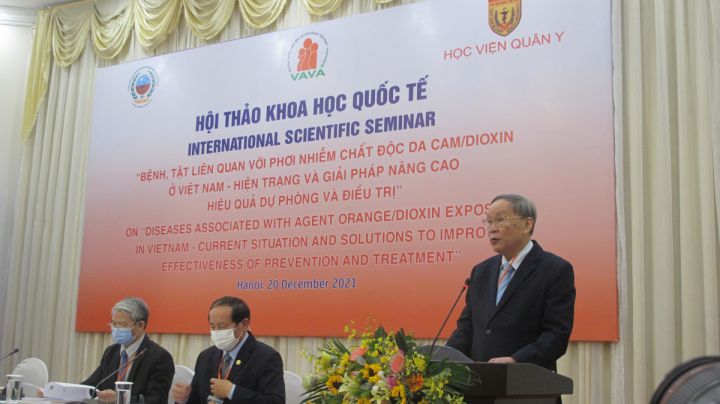

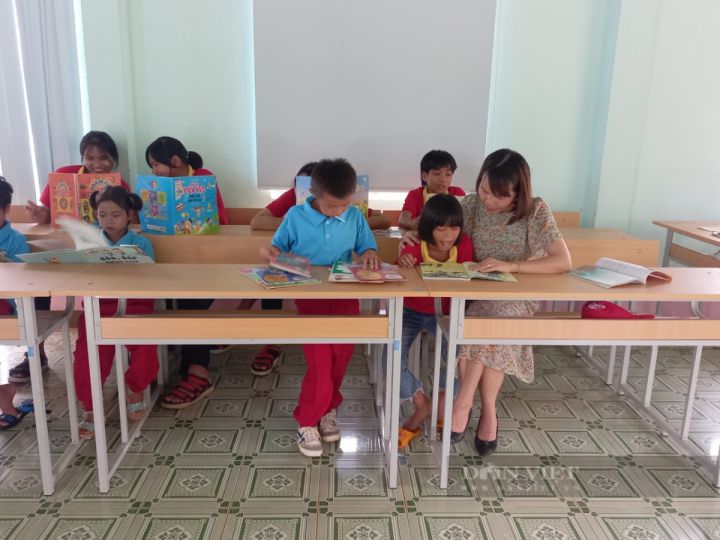
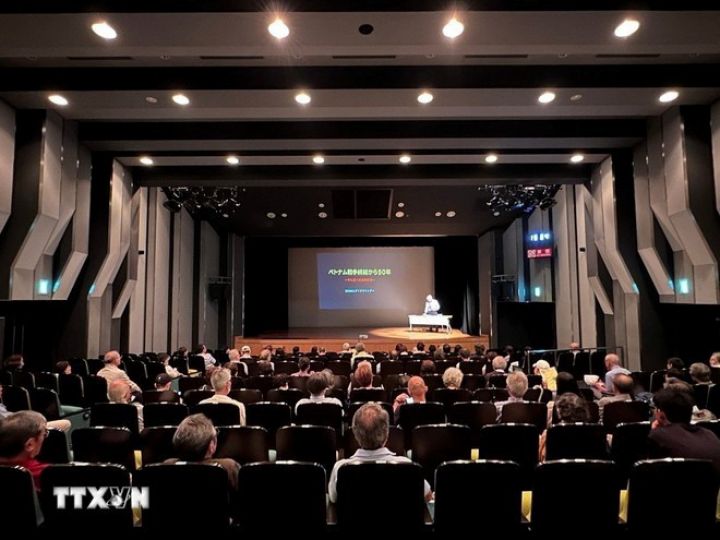


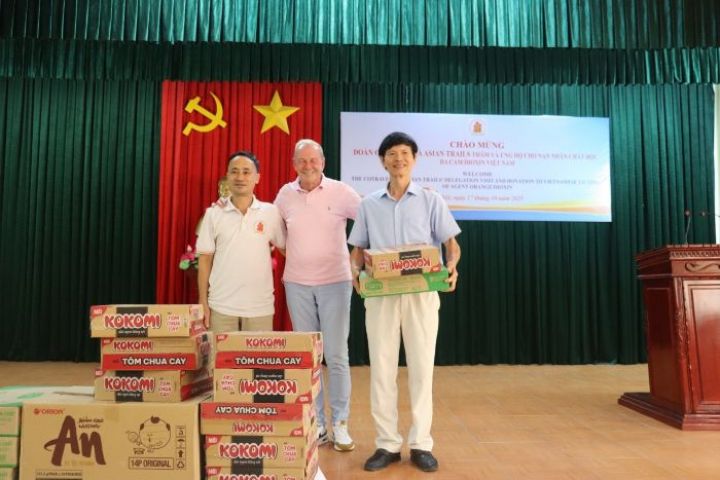












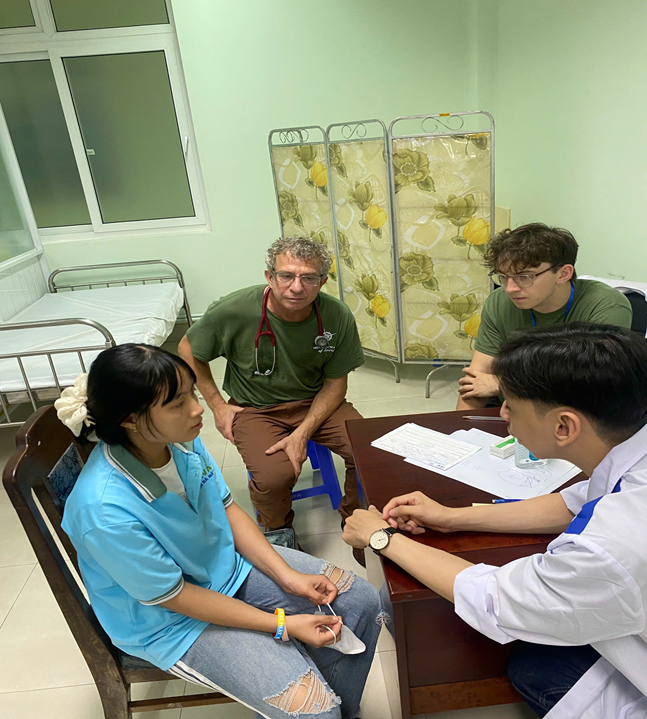
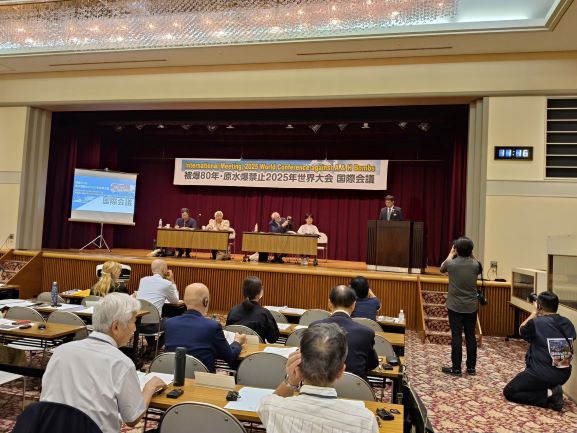
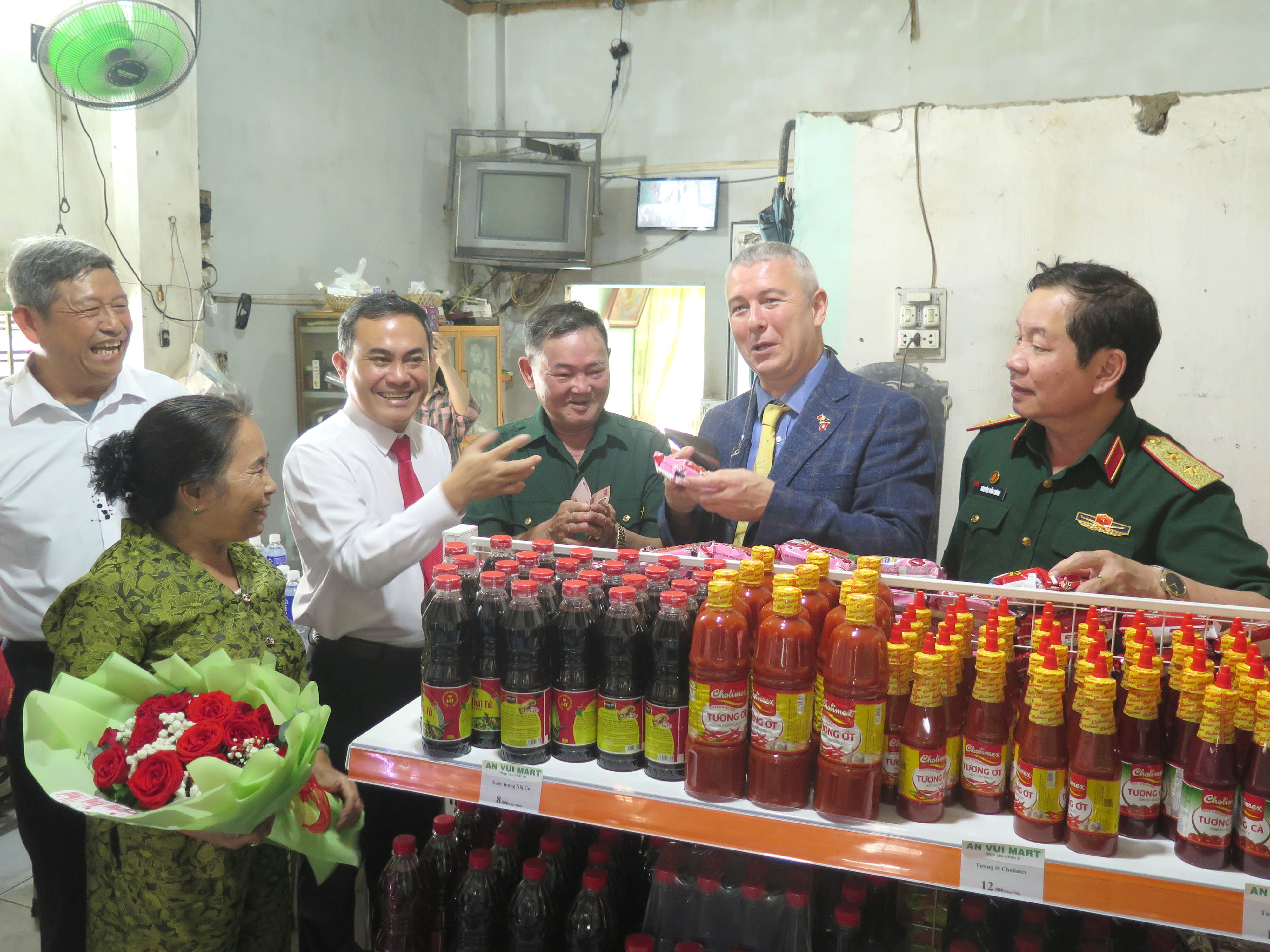
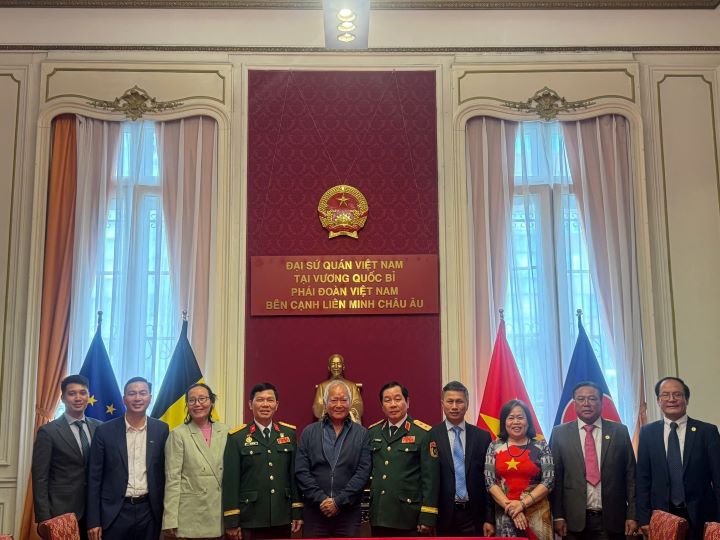

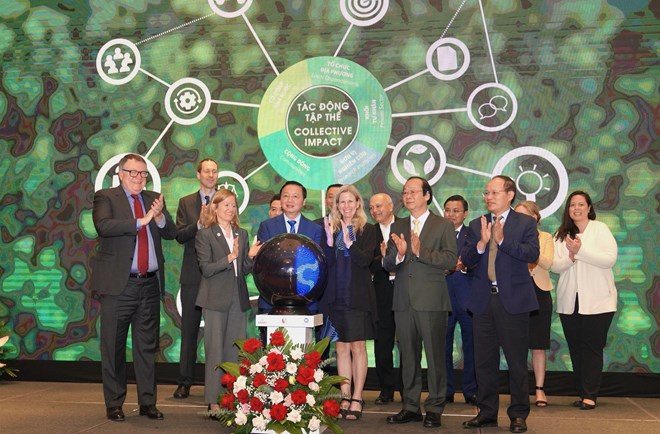

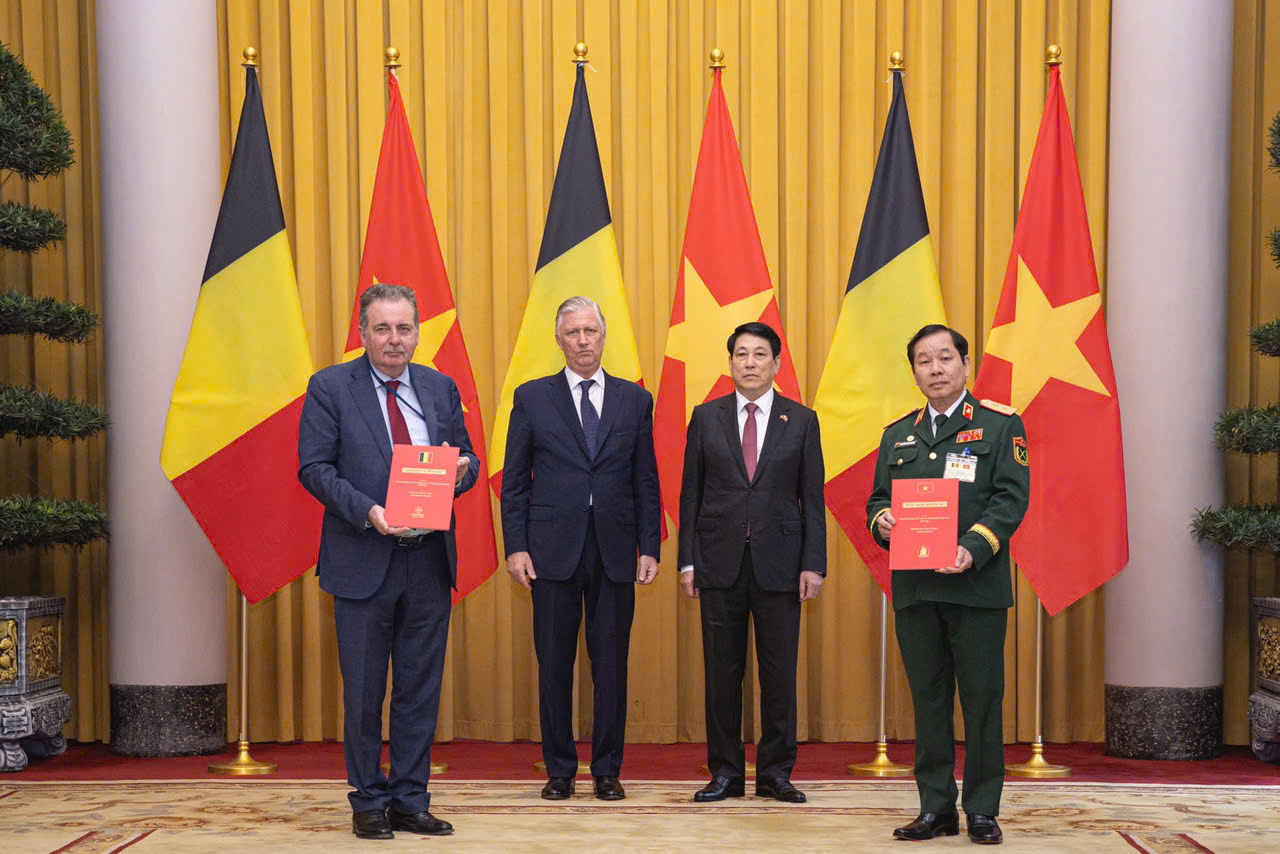


.jpg)
Comment